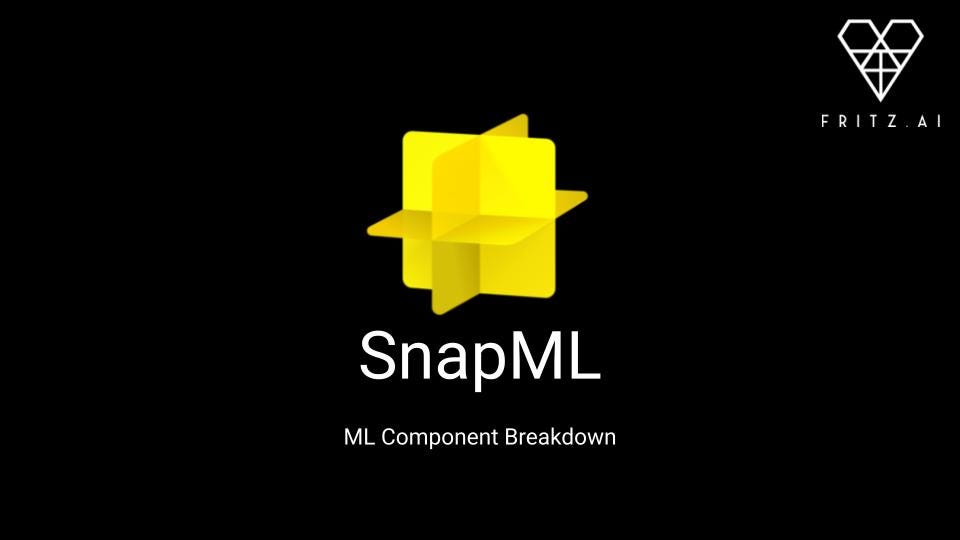Having a website isn’t just a nice-to-have — it’s a must-have. But let’s be real, not everyone is a coding wizard or has the time to become one. That’s why AI website builders are taking off.
These helpful platforms leverage artificial intelligence to simplify the complex task of website creation, making it accessible to everyone.
Whether you’re a small business owner, a freelancer, or just someone with a big idea, AI website builders are your fast track to a professional online presence.
Today, we’re talking about the best AI website builders that can bring your vision to life. But first, what are we even talking about?
Continue reading “9 Best AI Website Builders for 2025 (Expert Reviews)”








